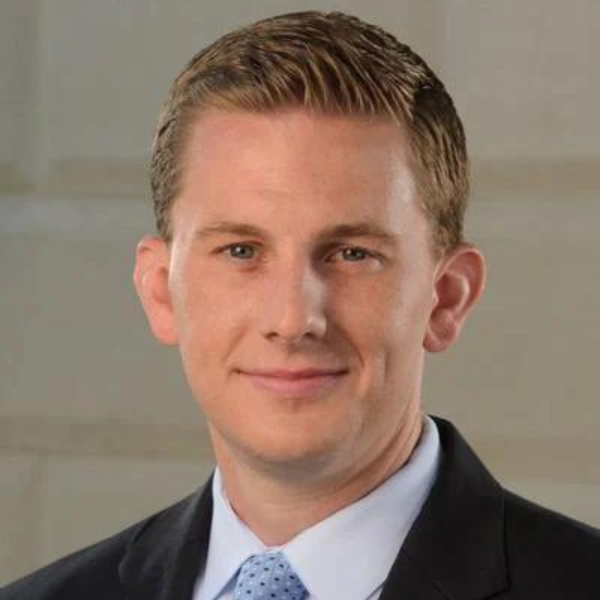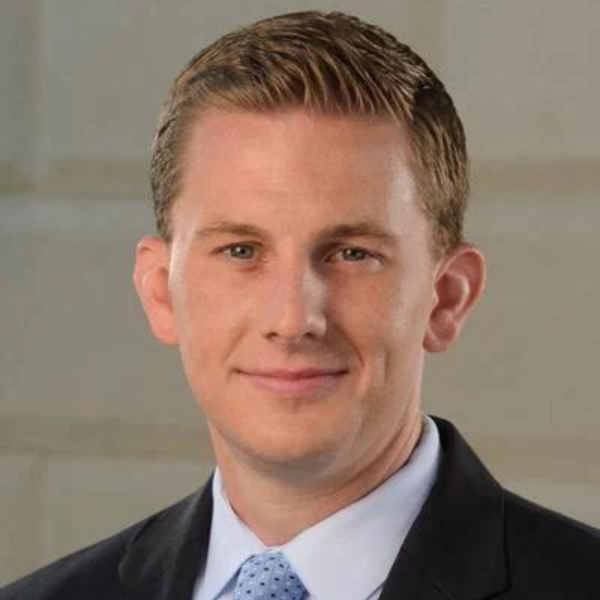Arts and Culture
Innovator Series
Insights & Innovation
72569c82-59e8-422c-95de-5bacb7a9c2e4
15 min
https://edge.sitecorecloud.io/tessiturane75c3-tessituraneee12-development-6640/media/Images/Discover-Images/TL-Featured-Media-Images/Jamie-Bosket---768x465.png?h=465&iar=0&w=768
Jamie Bosket explains how one Virginia history museum reckoned with its complicated past
Welcoming all, reflecting all

President & CEO, Virginia Museum of History & Culture
Welcoming all, reflecting all
11/8/2022
15 min
On a sunny, summer day in 2019, Jamie Bosket got a glimpse of the future.
The Virginia Museum of History & Culture was hosting a ceremony to rename its street. Tennis legend Arthur Ashe was the honoree. The change held deep significance. As a Black man, Ashe had been denied entry to the courts in the once-segregated park that stood at the street’s opposite end.
Jamie, the museum’s President and CEO, calls the event a milestone. It was the first time the organization had stepped outside its comfort zone to join the community and advocate for change. At the ceremony’s conclusion, one woman walked up the steps to embrace Jamie.
“My parents told me this wasn’t a place for people who looked like me,” she whispered in his ear. “Today I’m going inside for the first time.”
The Virginia Museum of History & Culture is the oldest cultural organization in the commonwealth. It was founded in 1831 as the Virginia Historical Society. It, and its neighboring state art museum, now sit on land that was one of Virginia's last Confederate veterans’ camps.
This complicated legacy proved an overwhelming barrier. As the museum expanded its facility over the years, it sought to make programming more public. There were ups and downs and many good intentions. Yet the organization’s relationship to much of its community remained tenuous or even nonexistent.
“As an organization, we have been witness to, party to and connected to some of the great failings and traumas of the past,” Jamie says. “That’s what makes all of this, what we’re doing, so important.”
What they’re doing is fundamentally redefining the museum’s relationship to its community.
What they’re doing is fundamentally redefining the museum’s relationship to its community. Since 2017, the museum has adopted a new name, a new team and a bold, new strategic plan. In spring 2022, two years ahead of schedule, a renovated facility opened. Several exhibition spaces were co-curated with community partners. The Education and Conference Center serves as free gathering space for local nonprofits.
Museum fundraisers also built time in their capital campaign to secure money for others. Through its Commonwealth History Fund, the museum will give away close to a half-million dollars every year, in perpetuity. Recipients include groups, museums and projects across the state that lift underrepresented history.
“This approach is both grassroots and big picture,” Jamie says. “And that is just the beginning. We are, through all of this and so much more, living up to the promise we made to our community.”
Today the museum is building new relationships based in trust. The community has responded with enthusiasm.
Jamie admits the museum didn’t get everything right. “We have a lot more work to do, but we have changed,” he says. “And we’ve learned. We’ve learned that to successfully reach out, we had to look deep within. We couldn’t shy away from our own history.”
“We had to acknowledge our past and our baggage with humility and institutional self-awareness,” he says. “And we had to relentlessly, methodically and continually prove and prove again that we are committed to reflecting and welcoming all.”
• • •
This post is based on a presentation by Jamie Bosket as part of Tessitura’s Innovator Series. He spoke at the Tessitura Learning & Community Conference in August 2022.

Jamie Bosket
President & CEO
Virginia Museum of History & Culture
Topics
Arts & Culture
/Innovator Series